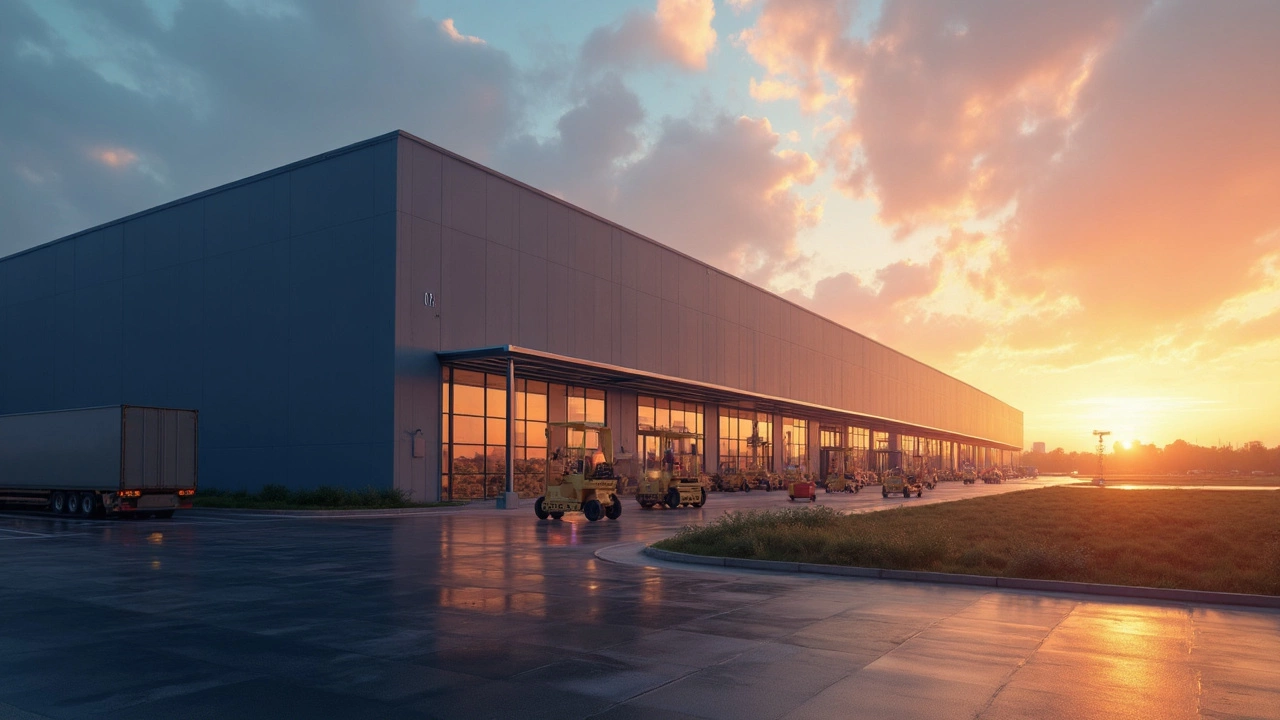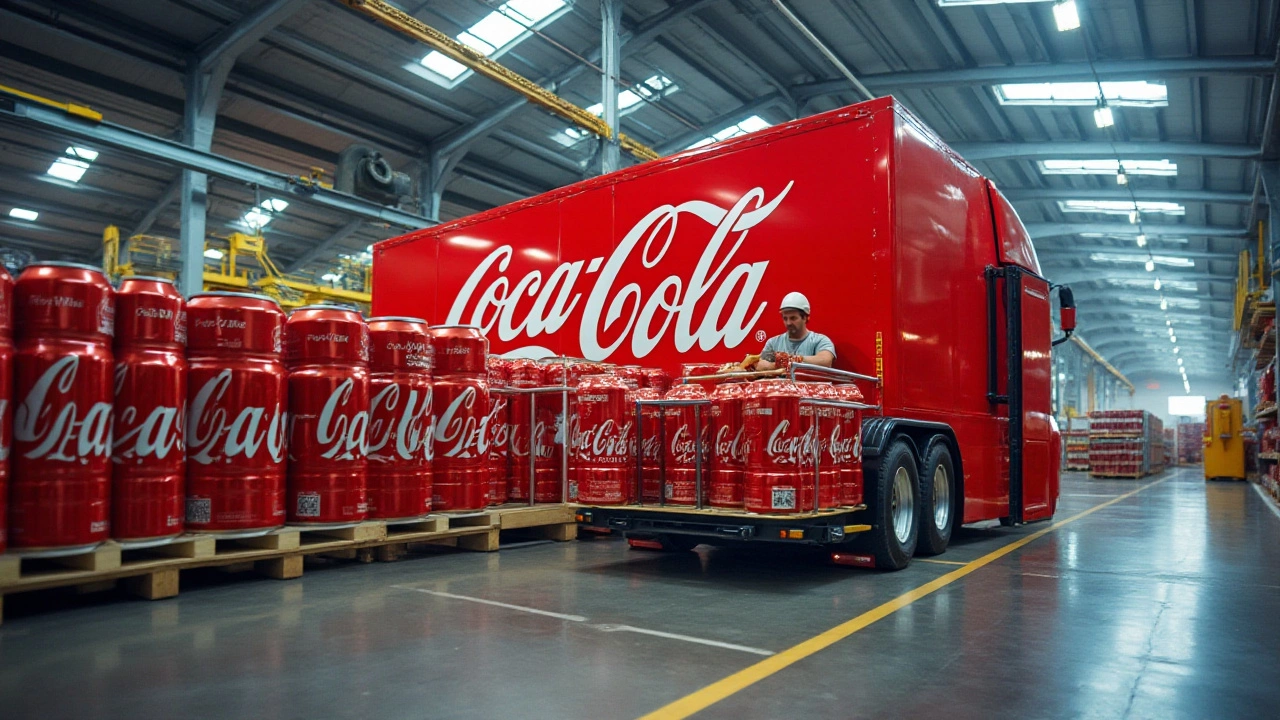Warehouses: What They Are and How to Manage Them
When you think of getting stuff from point A to point B, a warehouse is the quiet hub that makes it happen. It’s where goods are stored, sorted, and readied for the next leg of their journey. Whether you run a small e‑commerce shop or a big manufacturing line, the right warehouse setup can save time, cut costs, and keep customers happy.
Why modern warehouses matter
Today’s warehouses aren’t just big empty rooms. They’re packed with technology – barcode scanners, robots, and software that tell you exactly where each pallet lives. This tech lowers errors, speeds up picking, and lets you react quick when demand spikes. For example, a warehouse that uses a solid Warehouse Management System (WMS) can track inventory in real time, so you never have to guess if a product is in stock.
Another big win is space efficiency. Thin‑aisle racking, vertical storage, and dynamic slotting mean you can fit more in the same footprint. That matters when rent prices climb or you need to handle seasonal peaks without renting extra buildings.
Finally, safety and compliance are built‑in. Modern systems flag hazardous items, enforce proper stacking rules, and generate audit trails for regulators. A safe warehouse protects workers and avoids costly fines.
Top resources on warehouse management
If you’re looking for hands‑on help, our tag page curates the best recent posts. "Types of Warehouse Management Systems: Guide to the Four Main WMS Models" breaks down each model so you can match a system to your budget and needs. "Best Logistics Companies in 2025: How to Choose the Top Shipping Partner" gives clues on picking a partner that can handle storage and transport together.
For cost‑focused readers, the article "Cheapest Overnight Shipping Rates" shows how a well‑organized warehouse can lower shipping fees by consolidating orders before they leave. And if you want to understand what happens before a package hits the last mile, check out "Supply Chain Steps Before Last Mile Delivery: Full Breakdown" – it walks you through picking, packing, and staging inside a warehouse.
Got a specific question about technology? The post "What Software Is Used in Supply Chain Management? Types, Tools, and How to Choose (2025 Guide)" lists the top WMS, TMS, and ERP platforms, plus a checklist for implementation. It’s a solid starting point if you’re planning an upgrade.
Remember, the best warehouse strategy starts with a clear picture of your business flow. Map out how many SKUs you handle, how fast you need to ship, and what space you have. Then match those needs to a system, a layout, and a partner that fits.
In short, a good warehouse turns chaos into order. By using the right tools, optimizing space, and staying on top of safety, you can keep goods moving smoothly and keep customers smiling. Explore the posts above for deeper dives, and start sharpening your warehouse game today.
March 22, 2025
Evelyn Wescott
0 Comments
Amazon's logistics empire depends heavily on its extensive network of warehouses and distribution centers. This article explores whether Amazon owns these facilities or leases them, examining the implications for its logistics software and operations. By understanding Amazon’s warehouse strategies, we can glean insights into the company's logistics efficiency and the role of technology in streamlining distribution.
March 15, 2025
Evelyn Wescott
0 Comments
Warehouses come in various forms, each serving distinct purposes in supply chain management. The three major types include distribution centers for quick product movement, climate-controlled facilities for delicate items, and public warehouses offering flexible storage solutions. Businesses can optimize operations by choosing the right type of warehouse for their needs. Decisions often rest on factors like location, storage conditions, and logistical demands.
January 16, 2025
Evelyn Wescott
0 Comments
Coca-Cola, as a leading global beverage company, relies on an extensive warehouse network to support its expansive supply chain. From manufacturing to distribution, warehouses play a critical role in the storage and transportation of its iconic products. This article explores Coca-Cola's strategic use of warehouses, revealing how they maintain efficiency and sustainability in their logistics operations. Learn about their innovative practices and how they adapt to ever-changing demands.






